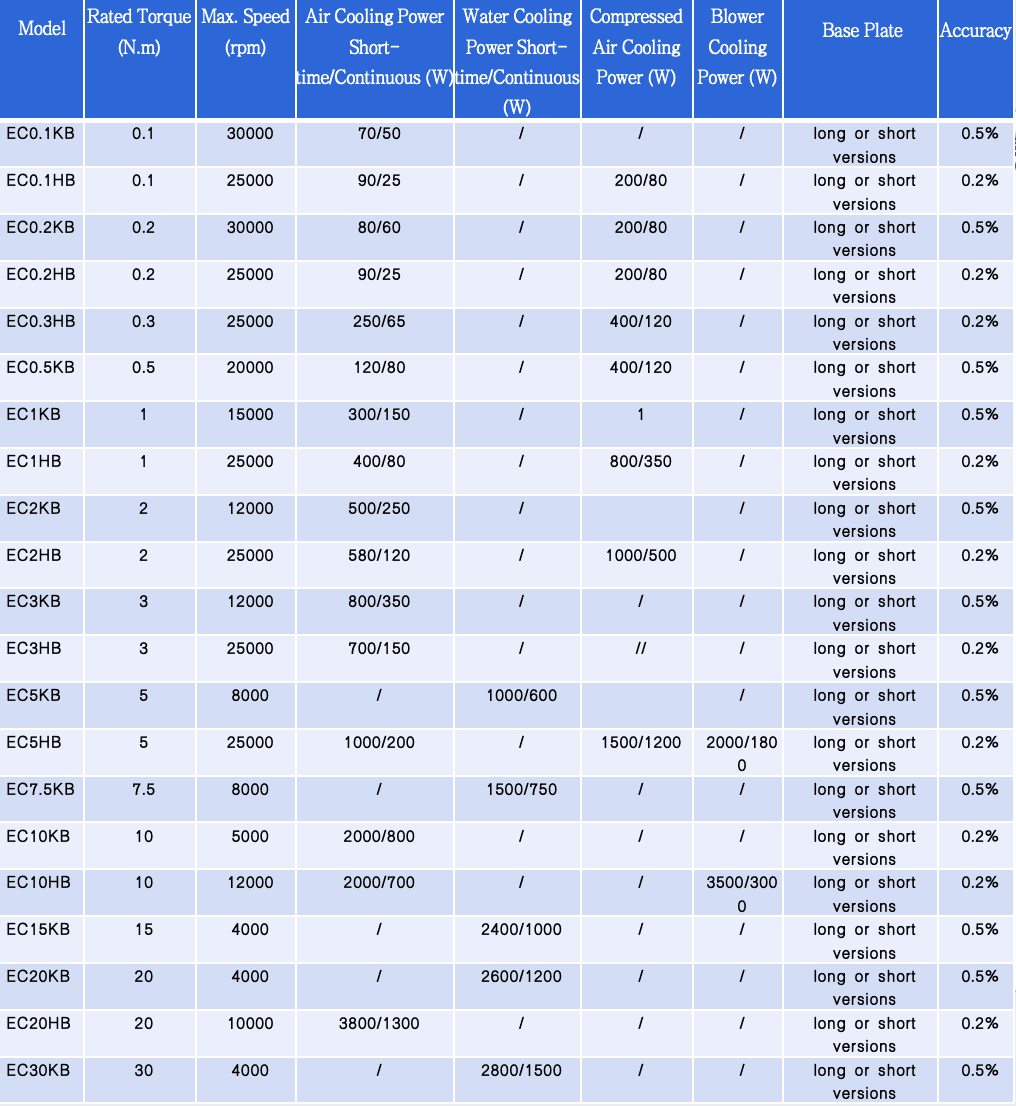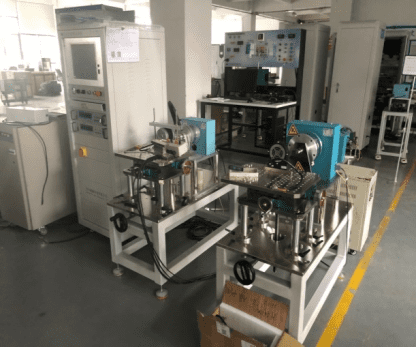A Dinamómetros de histéresis es un sofisticado sistema de prueba de carga utilizado para evaluar el rendimiento mecánico y la eficiencia de los componentes como motores, motores, y transmisión. Funciona midiendo la pérdida de energía durante los ciclos de carga para simular tensiones del mundo real y garantizar un rendimiento óptimo en condiciones dinámicas. Además, los dinamómetros de histéresis son ideales para fabricantes de automóviles, Riñonal&D Laboratorios, y aplicaciones industriales que requieren un par preciso, fuerza, y mediciones de eficiencia.
A Histéresis Dinamómetro es un dispositivo de prueba utilizado para medir el par, velocidad, y energía de los motores eléctricos, incluyendo AC, corriente continua, Cajón, y motores paso a paso. Se utiliza ampliamente en la evaluación e investigación del rendimiento motor..
Al seleccionar un dinamómetro para la prueba de motor, Es esencial comprender que las mediciones de las características de carga y las características de torque de ondulación de torque son diferentes. Un solo tipo de sensor de torque puede no proporcionar resultados precisos para ambos, Como los requisitos de medición varían significativamente. Por ejemplo, Un sistema de frenado de histéresis permite que los dinamómetros generen torque sin requerir velocidad, habilitar la prueba de motor completa desde el rotor libre hasta el rotor bloqueado. Cualquiera de los aire proporciona enfriamiento, o en algunos casos, Un sistema de enfriamiento de líquido y soplador, Dependiendo de las necesidades de prueba.
Simulación de carga de alta precisión: Controla con precisión la aplicación de carga para simular condiciones operativas del mundo real..
Disipación de energía eficiente: Utiliza principios de histéresis para absorber energía durante los ciclos de prueba., garantizar que toda la pérdida de energía se mida con precisión.
Amplio rango de pruebas: Adecuado para una variedad de componentes, desde pequeños motores eléctricos hasta grandes equipos industriales.
Sistema de enfriamiento avanzado: Soluciones de refrigeración integradas para aplicaciones de alta carga, Evitar el sobrecalentamiento durante períodos de prueba prolongados..
Adquisición de datos en tiempo real: Torque de monitores, fuerza, y temperatura en tiempo real para un análisis exhaustivo de pruebas.
No ropa, Diseño de bajo mantenimiento: El sistema funciona sin fricción directa, minimizar el desgaste y reducir los costos de mantenimiento.


Prueba de tren motriz automotriz
Eficiencia de motor y transmisión: Medir las pérdidas de energía y la eficiencia en la combustión interna y los trenes automáticos de vehículos eléctricos.
Torque y potencia de salida: Prueba el rendimiento a través de varias velocidades del motor y condiciones de carga.
Prueba de motor
Prueba de motor eléctrico: Medir las pérdidas y la eficiencia en motores eléctricos bajo diferentes perfiles de carga y velocidad.
HVAC e motores industriales: Prueba de motores de grado industrial para la eficiencia, esfuerzo de torsión, y consumo de energía.
Aplicaciones aeroespaciales
Durabilidad de los componentes: Pruebe los componentes aeroespaciales críticos en condiciones de alto estrés para garantizar que cumplan con los estándares de seguridad.
Análisis de rendimiento: Simular escenarios de carga del mundo real para sistemas de propulsión.
Prueba de equipos industriales
Prueba de carga de maquinaria pesada: Evaluar la durabilidad y el rendimiento de las cajas de cambios, zapatillas, y grandes componentes industriales.
Eficiencia energética: Medir y optimizar el consumo de energía en equipos industriales.
El Dinamómetros de histéresis opera según el principio de Disipación de energía a través de Hysteresis Dyno. Durante la prueba, La energía mecánica se suministra al objeto de prueba, y el Histéresis Dynamometers aplica una fuerza resistiva que imita la carga operativa del mundo real. La energía disipada durante los ciclos de carga y descarga se captura, permitiendo una medición precisa de las pérdidas de energía, esfuerzo de torsión, y eficiencia.
Absorción de energía: A medida que se carga el objeto de prueba, El dinamómetro absorbe la energía disipada por la fricción., deformación, y otros factores.
Medición de par y potencia: El sistema mide el par y la potencia resultantes., Proporcionar datos precisos sobre el rendimiento del componente de prueba..
Ciclos de carga dinámica: El dinamómetro puede simular varias condiciones operativas del mundo real., incluyendo la aceleración, desaceleración, y operaciones en estado estacionario.
Comentarios en tiempo real: Los datos se capturan continuamente., Brindar a los ingenieros información inmediata sobre el rendimiento y la eficiencia del sistema..
Pruebas de rendimiento precisas: Simule con precisión cargas operativas para probar el rendimiento y la eficiencia..
Medición de pérdida de energía: Proporciona datos sobre la disipación de energía en sistemas como motores, transmisión, y cajas de cambios.
Simulación de carga eficiente: Simular ambos dinámica y condiciones de carga en estado estacionario para aplicaciones del mundo real.
Altamente personalizable: Adaptable a varias aplicaciones de prueba, incluyendo automotriz, aeroespacial, equipo industrial, y más.
Duraciones de prueba extendidas: Opera continuamente bajo carga completa, haciéndolo ideal para pruebas de resistencia a largo plazo.
Para cualquier pregunta o apoyo, Comuníquese por correo electrónico a info@econotests.com.
Nuestro objetivo es responder rápidamente.
Necesita asistencia inmediata? Llamarnos a +86 156 1877 0706.
Nuestro equipo está listo para ayudarlo.
Le damos la bienvenida a visitar nuestra oficina ubicada en 3F, Edificio 2, NO.511 Carretera Xiaowan, Fengxio, Llevar a la fuerza, Porcelana.
Let's discuss your needs in person.

© 2025 Shanghai Econotechnology Co., Limitado. Reservados todos los derechos.
Empoderar la innovación a través de soluciones de prueba confiables.